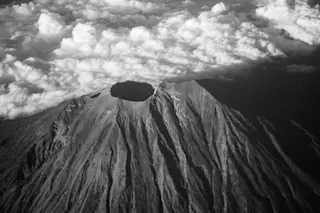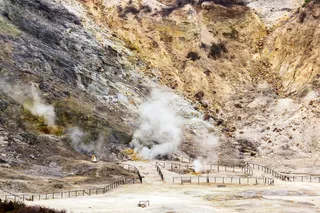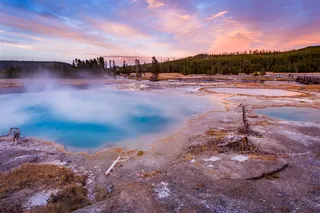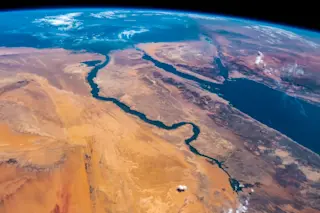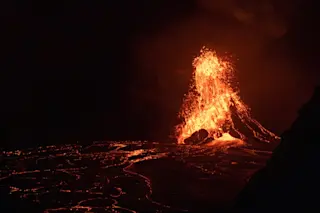The summit of Agung in Indonesia, seen in 2015. Bambang Suryobroto / CC by 2.0 A volcano that produced Indonesia's largest eruption of the 20th century has been elevated to the country's highest alert because of increasing unrest. As a result, tens of thousands of people have started evacuating the area near Agung on the island of Bali with memories of the 1963 eruption that killed over 1,200 people. UPDATE 9/25: The number of evacuees now sits close to 50,000. You can read a first-hand account of evacuating the area near Agung -- it captures the fear, apprehension and uncertainty of the event so far. Most of the unrest has been a persistent and increasing earthquake swarm (see below) under the volcano that started around September 19. These swarms of relatively small earthquakes can be signs that magma is moving into the upper parts of the volcano or that the ...
Indonesia's Agung Raised to Highest Alert for Eruption
Mount Agung eruption raises alarms as volcanic unrest prompts Bali volcano evacuation. Are you prepared for potential hazards?
More on Discover
Stay Curious
SubscribeTo The Magazine
Save up to 40% off the cover price when you subscribe to Discover magazine.
Subscribe

